Gardening Tips
Awnings Through Time: Roman Origins to Today’s Innovations
The history of awnings stretches back centuries, beginning with simple woven mats in ancient marketplaces and evolving into high-tech retractable systems used in the modern day. Understanding the history of awnings reveals how these shade structures have protected people from sun and rain, and why today’s retractable Intelroll awnings are the latest chapter in a long story of innovation.
Ancient Beginnings
The history of awnings begins in ancient Egypt and Syria, where merchants draped woven mats over market stalls to shield goods from scorching sun. By 50 BC, Roman poet Lucretius described a “linen-covering” over theatres, marking an early milestone—this is one of, if not the, very first documented mention of the awning. These primitive coverings fed directly into the development of the famed Roman velarium.
The Roman Velarium
Among the most iconic entries in the history of awnings is the velarium of the Colosseum. This massive, retractable linen shade covered much of the amphitheatre’s seating, protecting tens of thousands of spectators. Sailors from the Misenum fleet rigged the ropes and timber framing – a testament to the early engineering that underpins the long history of awnings and still influences modern day designs.
Nineteenth-Century Innovations
Fast forward to the early 19th century and the Industrial Revolution. Timber or cast-iron posts supported heavy canvas duck connected to building facades. These fixed-frame awnings required manual removal in winter, a far cry from modern day retractable luxuries, but were still equally as revolutionary as their modern day counterparts.
The Birth of Retractable Shades
By the late 19th century, the history of awnings saw a breakthrough: manually cranked extension arms allowed shopkeepers to adjust canvas coverage. Early operable awnings could be retracted against facades during storms. While these early models suffered from bunched-up fabric, they foreshadowed the modern day retractable systems that eliminate those flaws – another key moment in the industry.
Industrial Materials and Techniques
As iron plumbing pipe became abundant and easier to produce, entrepreneurs began crafting durable, threaded awning frames. Canvas mills and sailmakers pivoted from their traditional work into making awnings, shaping what we now recognise as classic storefront shades. These advances richly populate the history of awnings across the globe, and inform the modern day use of lightweight aluminium and steel frames for stability and ease of installation.
Evolution of Fabrics
Originally canvas duck was the predominant awning fabric. Today’s modern day materials include resilient acrylics and polyesters that protect against UV and mildew. The journey from heavy cotton to high-performance textiles is a key chapter in the design history of the awning, helping to enable the vibrant patterns and longevity we enjoy now.
Mechanisation and Motorisation
The history of awnings accelerated further when electric motors replaced manual cranks in the 20th century. Automated retractable systems became possible, allowing users to deploy or store shades with a flip of a switch. This leap into the modern day with motorised awnings marks one of the most significant technological strides.
Residential and Commercial Uses
From elegant café terraces in 19th-century Paris to suburban patios in the modern day, awnings have crafted comfortable outdoor rooms. The history of awnings underscores their dual function: aesthetic appeal and functional shade. Today, retractable awnings, such as ours at Intelroll, epitomise the modern day integration of form, function, and convenience in both residential and commercial settings.
Environmental Benefits
The history of awnings includes an environmental dimension: by shading windows and alfresco areas, awnings reduce cooling costs and energy consumption. In the modern day, retractable awnings are an eco-friendly choice that complements sustainable building practices – an evolution that highlights the adaptive nature of the history of awnings.
Technological Trends
Smart home integration and weather sensors now guide modern day awning deployment, adding convenience to centuries of innovation recorded throughout the history of awnings. These advancements ensure that today’s retractable systems respond to sun, wind, and rain automatically, safeguarding both fabric and users seamlessly.
The Future of Shade
Looking ahead, the progression of the awning industry continues as designers experiment with solar–powered fabrics and integrated LED lighting. The modern day outlook suggests that upcoming materials and smart controls will further enhance functionality, comfort, and style, forging the next chapter in the rich history of awnings.
Final Thoughts
From ancient woven mats to sophisticated retractable systems, the history of awnings is a story of human ingenuity and adaptation. Today’s modern day awnings, including sleek retractable models, embody centuries of progress, marrying tradition with cutting-edge technology. Understanding this lineage enriches our appreciation of how awnings have shaped, and continue to shape, our outdoor living spaces.
Thank you for joining us on this journey through the history of awnings – a testament to ever-evolving design that keeps pace with modern day comfort and style.

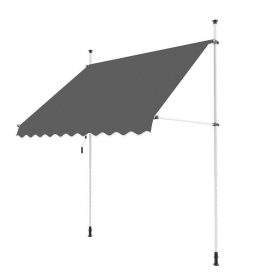 INT100 – Balcony
INT100 – Balcony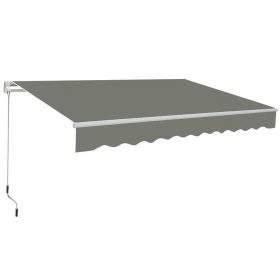 INT200 – No Cassette
INT200 – No Cassette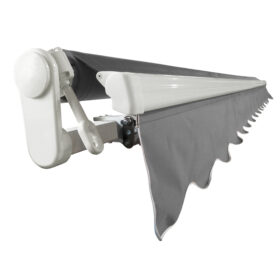 INT300 – No Cassette
INT300 – No Cassette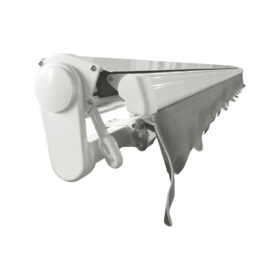 INT400 – Half Cassette
INT400 – Half Cassette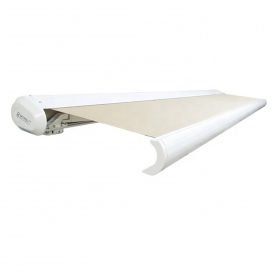 INT500 – Full Cassette UK
INT500 – Full Cassette UK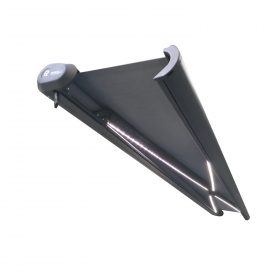 INT500 – Full Cassette – USA
INT500 – Full Cassette – USA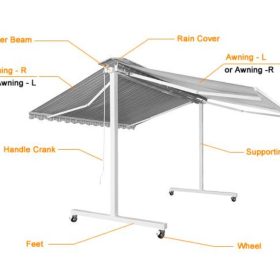 INT650 – Free Standing+
INT650 – Free Standing+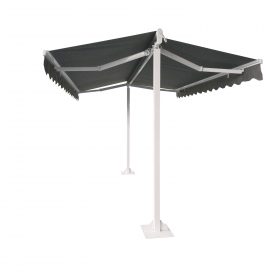 INT600 – Free Standing
INT600 – Free Standing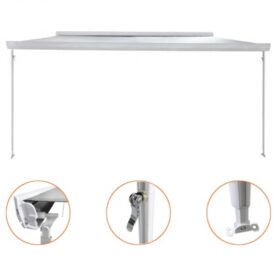 INT700 – Caravan
INT700 – Caravan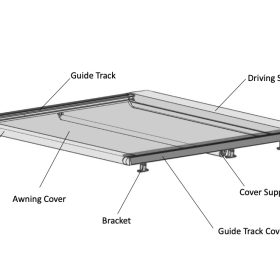 INT800 – Pergola Awnings
INT800 – Pergola Awnings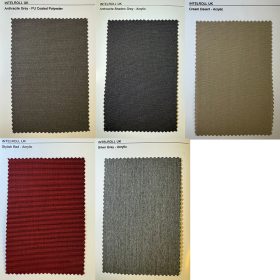 Fabric Samples
Fabric Samples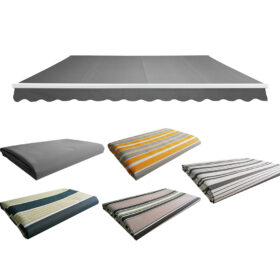 Replacement Fabric
Replacement Fabric Rain Weather Cover
Rain Weather Cover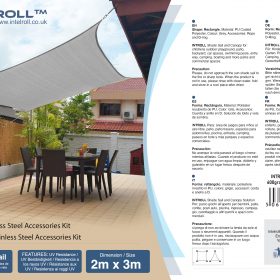 Sun Shade Sail
Sun Shade Sail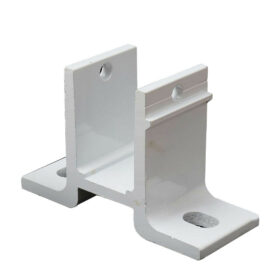 Brackets
Brackets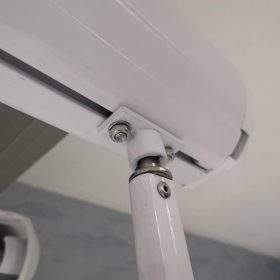 Support Pole Leg
Support Pole Leg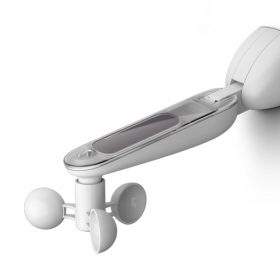 Wind Sun Sensors
Wind Sun Sensors Tension Cable
Tension Cable Electric parts
Electric parts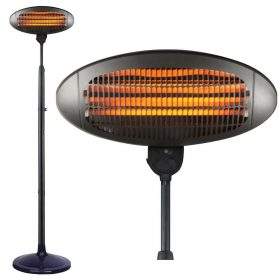 Infrared Heater
Infrared Heater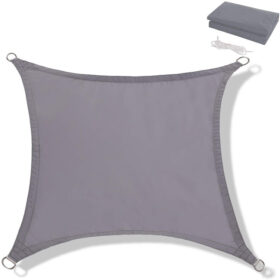 Sun Shade Sail
Sun Shade Sail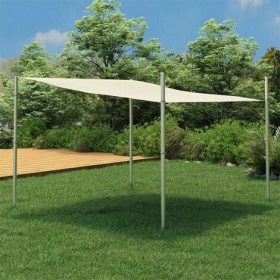 Sun Shade Sail Pole 1.5m – 6m
Sun Shade Sail Pole 1.5m – 6m Fitting Kit
Fitting Kit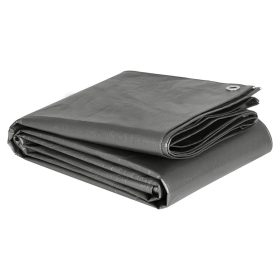 Tarpaulin
Tarpaulin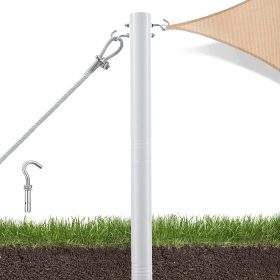 63mm Sun Shade Sail Pole
63mm Sun Shade Sail Pole
